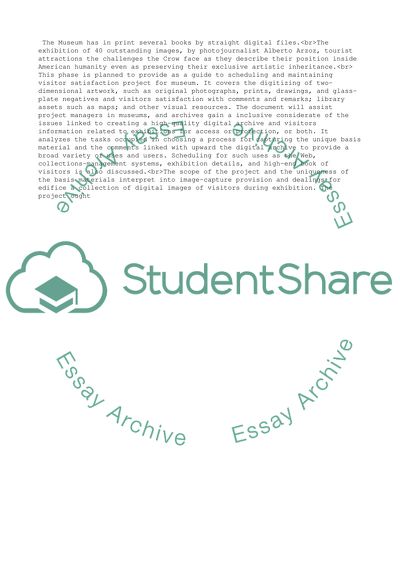Cite this document
(“Project Planning And Services Operations Management Assignment”, n.d.)
Retrieved from https://studentshare.org/business/1533159-project-planning-and-services-operations-management
Retrieved from https://studentshare.org/business/1533159-project-planning-and-services-operations-management
(Project Planning And Services Operations Management Assignment)
https://studentshare.org/business/1533159-project-planning-and-services-operations-management.
https://studentshare.org/business/1533159-project-planning-and-services-operations-management.
“Project Planning And Services Operations Management Assignment”, n.d. https://studentshare.org/business/1533159-project-planning-and-services-operations-management.


